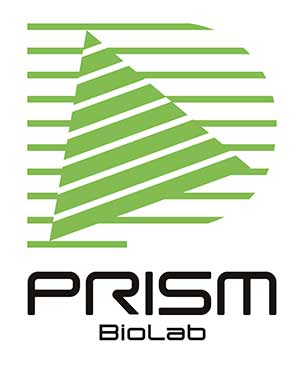Published on: 5月 15, 2024
AI/DL technologies provides us a booster for speeding up the drug discovery and development. No one would doubt it in this age of prevalent AI-driven business. However, it is noteworthy that AI/DL often slows down the research. Even though the ability of AI/DL for the acceleration of not only the entire process but also each stage,1) still there are impediments on AI/DL application.
Biotechnology Innovation Organization (BIO) reported the success rate of FDA approval of candidates during 2011 to 2020.2) The statistical data revealed that only 7.87% went through the whole Phase I, II, and III process to reach the approval. Deconvolution of the probability of success is summarized below.
| Stage | Success Rate (%) | Integrated Value (%) |
|---|---|---|
| Phase I to II | 52.0 | 52.0 |
| Phase II to III | 28.9 | 15.0 |
| Phase III to NDA/BLA | 57.8 | 8.69 |
| NDA/BLA to Approval | 90.6 | 7.87 |
It is obviously severe issue to raise the success rate of drug development. Acceleration of drug discovery and development is also necessary in that it has huge impact on patients, market and cost efficiency. AI/DL would potentially be a current trendy tool to solve these issues simultaneously.
Here you find a comment from Amgen, Inc.3) and its related editorial4) in Nature. These short notices clearly explain the reason why AI/DL sometimes speeds down the process. The advent of generative AI and, in the near future, artificial general intelligence (AGI) is believed to further improve the speed and success rate. However, AI/DL is unusually hard to handle and control without deep understanding as an engineer and a data scientist.
It is true that the speed of drug discovery and development jumps up with AI/DL technologies. One of the most famous examples would be the case of Insilico Medicine. An AI-designed candidate for idiopathic pulmonary fibrosis has gotten into clinical stage in 30 months and currently it’s in phase II clinical trial.
Borrowing the Amgen’s words, “AI can help to speed up drug discovery but only if we give it the right data” and the same goes for success rate improvement. Unfortunately, most of the data was hidden in each pharmaceutical companies and it is hard to furnish a desirable dataset at the early stage of drug discovery. You can say the same thing about drug development stage, especially the accumulated but unpublicized clinical data in preclinical and clinical trials.
Not having enough amount of data with highly homogeneous quality, it is hard to use AI/DL as a hand of God to solve the deep-rooted issues in pharma. AI/DL with a biased dataset would lead you to an unexpected but wrong direction. It is obvious that it takes investment of time and money as well as human power but it just ends up in vain.
It is worth mentioning that AI/DL are changing drug discovery since its application started.5) AI is of focused area for ten years or more in pharmaceutical field.6) AI/DL enhances the speed and accuracy if we control the data quality and data size according to the purpose of its application. We are accumulating data on PepMetics® for various prediction in-house. It is, we think, the reliable way to make sophisticated and goal-oriented application of AI/DL in drug discovery.
1) https://doi.org/10.1080/17460441.2019.1621284
2) https://go.bio.org/rs/490-EHZ-999/images/ClinicalDevelopmentSuccessRates2011_2020.pdf
3) https://doi.org/10.1038/d41586-023-02896-9
4) https://doi.org/10.1038/d41586-023-03172-6
5) https://doi.org/10.1038/d41586-018-05267-x
6) https://doi.org/10.1038/nbt0717-604

